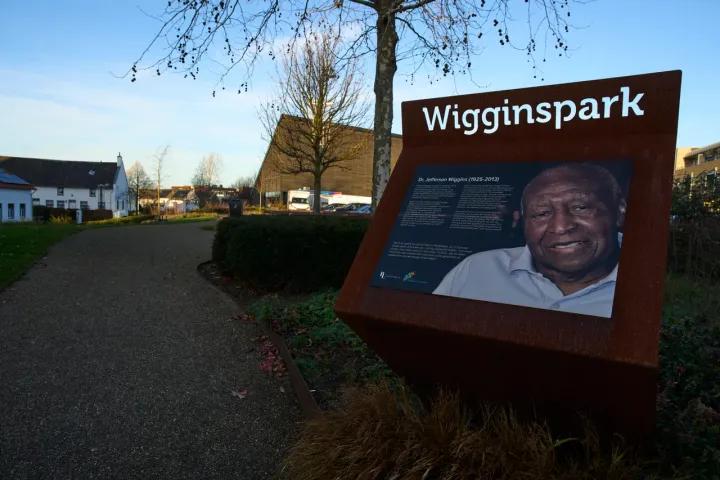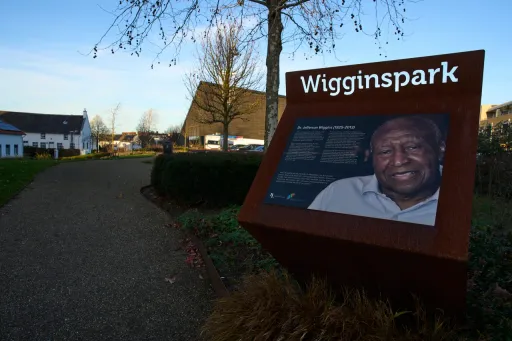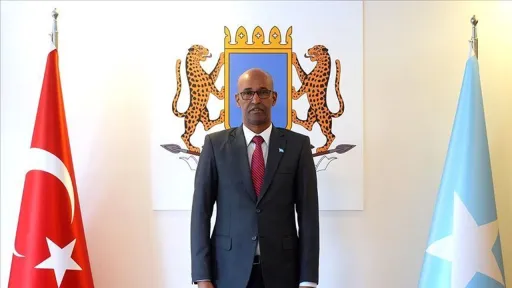By Charles Mgbolu
Over the next 10 years, 2,000 southern white rhinocerouses will be reintroduced to the wild by animal conservation group African Parks in partnership with the South African government, making it one of the largest continent-wide rewilding endeavours to occur for any species in recent years.
Africa Parks says the breeding programme will be phased out, and the project will end once all the rhinos are released into the wild.
It will be a delicate process, with conservationists diligently working to ensure no mistakes are made in the rewilding process as the southern white rhino only recently clawed back from the brinks of extinction.
The white rhino as a species is under extreme pressure, especially in South Africa, because of poaching.
“African Parks has no intention of being the owner of a captive rhino breeding operation with 2,000 rhino.
''However, we fully recognise the moral imperative of finding a solution for these animals so that they can once again play their integral role in fully functioning ecosystems,” said Peter Fearnhead, CEO of African Parks, in a statement.
“The scale of this undertaking is simply enormous, and therefore daunting. However, it is equally one of the most exciting and globally strategic conservation opportunities,” Fearnhead added.
Exciting is the key word here, as rewilding a white rhino can be a fascinating exercise.
Your Perfect Africa, a wildlife conservation tour group in South Africa, shares a gripping scenario of the process.
After a full safety briefing on the dos and don’ts, a team consisting of veterinarians, biologists, conservationists, and handlers is taken to an area where a group of rhinos (known as a crash) have been spotted, usually from the air.
With the use of the helicopter and the pilot’s skill, the rhinos selected for rewilding are separated from the others and then darted in the rear hind quarter.
Once the dart has reached its target, the rhino will continue to run for around 6–8 minutes before stopping to lay down. Then a ground team approaches.
From this moment on, everyone must work fast.
A blindfold is wrapped around the rhino’s eyes, and socks are placed in their ears to prevent distress before collecting data, such as DNA and other biological markings, to aid in identification as the rhinos will be monitored in the wild to rate the success of the rewilding procedure.
Finally, a tracking device is fitted before it is transported to its exit point.
Southern white rhinos are one of two remaining subspecies of white rhinos; the other is the northern white rhino, of which only two captive females remain, making it functionally extinct, says Africa Parks.
Africa Parks says each rhino will be returned to protected areas across Africa to contribute to wild ecosystems by providing nutrient cycling, storing carbon, and increasing tourism revenue for local people.
➤Click here to follow our WhatsApp channel for more stories.
























